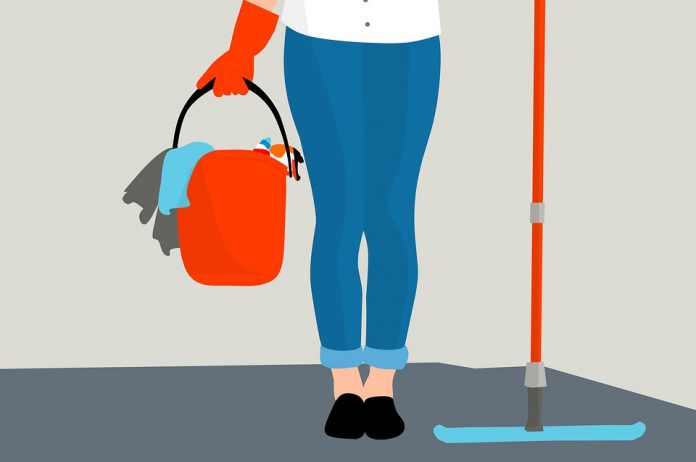“The risks? Everything from STIs to salmonella,” according to Women’s Health.
It’s not the sexiest of subjects, and probably the last thing you’re thinking of after catering to your pleasure, but cleaning your sex toys is a necessary step in sexual wellness.
A doctor from Dr Fox Online Pharmacy, Dr Deborah Lee, says that “Bacteria such as salmonella, shigella, E. Coli, and campylobacter can all be spread via the use of sex toys, as can hepatitis A, B and C, chlamydia, and gonorrhoea. If you don’t follow advice, you risk traumatising the genital area, damaging your genital tissues, or developing an infection or an allergic reaction.”
According to condoms.co.uk, you should clean your toys every time you use them to deter bacteria growth and to prevent infection.
Here’s how the experts at Condoms UK advise to keep your pleasure products clean :
‘Many people are unsure how to wash their sex toys, especially vibrators, given that water will destroy the vibrator mechanism,’ says Pippa Murphy, sex and relationship expert. “Firstly, you should check whether your vibrator is waterproof, which can be discovered via your vibrator’s instructions, however, if you don’t have them, you can always Google your vibrator to find out more information on a product page. Products marked as ‘water-resistant’ or ‘splash-proof’ aren’t fully waterproof, however, it will still be able to handle a tiny bit of water. Comparatively, ‘waterproof’ vibrators, which are usually made of silicone, can be cleaned with water for longer.”
For basic toy care, first, remove batteries, if your toy has them, before you wash your vibrator.
“If you have a ‘water-resistant’ or ‘splash-proof’ vibrator, you can use a damp, soapy washcloth to clean it,” says Murphy. “Simply apply some antibacterial soap to the dishcloth, submerge it in water, drain the washcloth and then scrub for 20 seconds. Just make sure to pick a mild, unscented soap so that you don’t mess with your vagina’s PH balance and cause an infection.”
“If the toy has grooves or crevices that can trap debris, use a soft toothbrush you’ve dedicated to this purpose. You should then use plain water to give it a final rinse,” suggests Murphy. “Once you’ve cleaned your sex toy, place it on a clean paper towel and allow it to air dry. This is the best way of preventing lint from getting stuck to the toy and causing potential infections, whilst also allowing the nooks and crannies to fully fry,” adds Murphy.
If the toy is battery-operated, leave the battery case open while air drying. And after the toy is clean, remember to store it properly so that it stays clean until you’re ready to use it again.
“Some studies show that even if a sex toy is washed, some viruses can remain on them for up to 24 hours after cleaning,” says Murphy. “With this in mind, proceed with caution when using a toy and don’t use it for 24 hours after it was last cleaned.”













